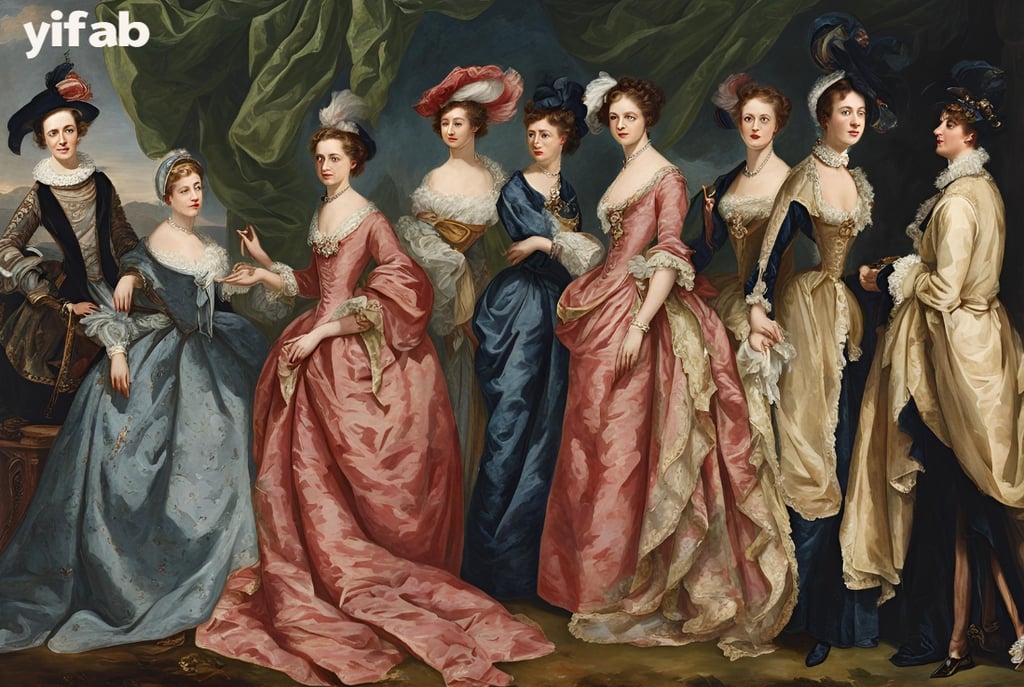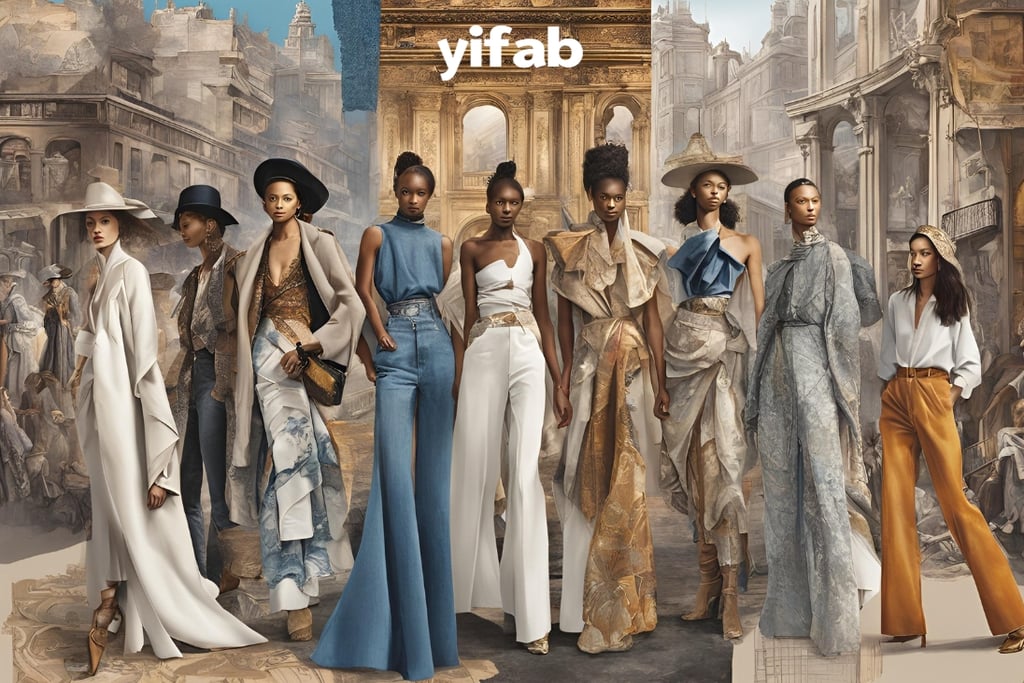The History of Famous Fashion Fabrics: From Silk to Denim
The History of Famous Fashion Fabrics:
11/13/20243 min read


Throughout the centuries, certain fabrics have defined fashion eras and reflected shifts in society, culture, and technology. Fabrics like silk, wool, linen, and denim have a rich history, influencing not only how people dress but how cultures connect and evolve. In this blog, we explore the fascinating history of these iconic fashion fabrics and their enduring impact on style.
1. Silk: The Fabric of Kings and Queens
Silk is one of the world’s oldest and most luxurious fabrics, dating back over 4,000 years to ancient China. Legend credits Empress Leizu with discovering silk when a cocoon fell into her tea, unraveling into a smooth, shimmering thread. Initially reserved for Chinese royalty, silk quickly became a prized global commodity traded along the Silk Road.
Symbol of Status: Silk’s lustrous texture and rarity made it a symbol of wealth and power across Asia and Europe. Silk garments were prized for their softness, breathability, and ability to regulate temperature.
Modern Use: Today, silk continues to be synonymous with elegance, used in high-end evening wear, scarves, and lingerie, making it a staple in luxury fashion.
2. Linen: The Fabric of Ancient Civilizations
Linen, derived from the flax plant, has been in use for over 6,000 years. Ancient Egyptians famously used linen for their clothing and mummification, valuing it for its lightness, durability, and ability to keep the body cool in hot climates.
Symbol of Purity: In ancient cultures, linen was associated with purity and wealth, worn by priests and nobility. Its breathability and comfort made it a staple in Mediterranean regions.
Today’s Linen: Linen is still beloved for its lightweight, eco-friendly properties. Whether in breezy summer dresses or casual shirts, linen remains an essential fabric for warm-weather fashion.
3. Wool: Warmth and Tradition
Wool has been a part of human history for over 10,000 years, first used by nomadic shepherds in Mesopotamia. Its warmth and durability made it a staple in colder climates, especially in Europe during the Middle Ages, where wool was the primary fabric for cloaks, tunics, and other everyday garments.
Symbol of Practicality: Wool’s versatility and ability to retain heat while remaining breathable made it an essential material for both peasantry and nobility in colder regions.
Wool in Modern Fashion: Today, wool is commonly used in sweaters, coats, and tailored suits, blending tradition with contemporary fashion.
4. Denim: From Workwear to Fashion Icon
Denim has a more recent history compared to other fabrics, originating in the late 19th century. Developed in the French city of Nîmes (“serge de Nîmes,” shortened to denim), this durable fabric was popularized by Levi Strauss and Jacob Davis, who used it to create sturdy work pants for miners during the California Gold Rush.
From Utility to Style: Denim jeans became a staple of American workwear but later evolved into a symbol of youth culture and rebellion in the 1950s and 1960s, worn by icons like James Dean.
Modern Denim: Today, denim is ubiquitous in fashion, from casual jeans to high-end runway styles. Its versatility and durability have cemented its place as a timeless fabric.
Conclusion
The history of fashion is deeply intertwined with the fabrics that define it. From the luxurious silk of ancient China to the rugged denim that became a symbol of modern rebellion, each fabric tells a story of innovation and cultural significance. These iconic fabrics continue to shape the way we dress, proving that fashion is as much about history as it is about style.


